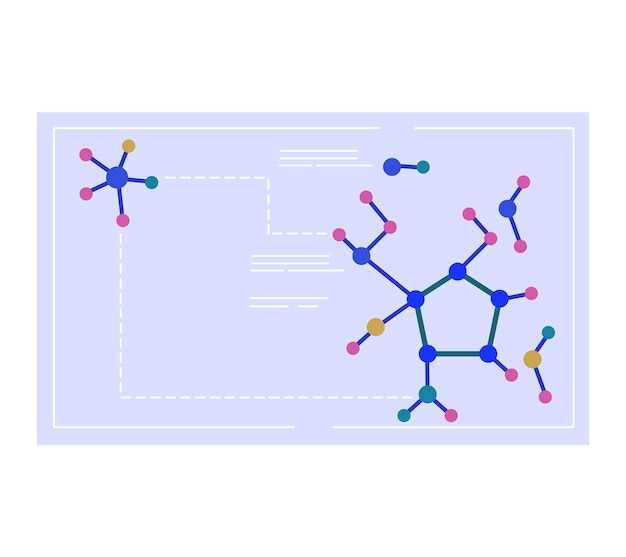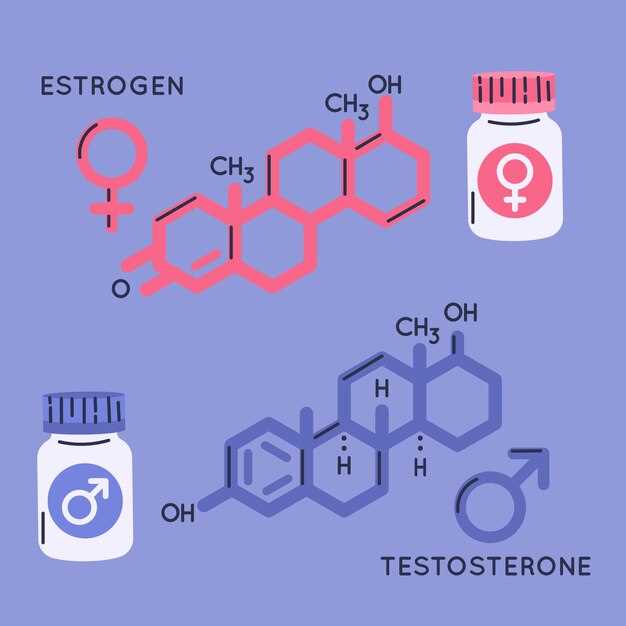
Did you know that the combination of digoxin and levothyroxine can optimize your well-being?
Both medications work synergistically to improve heart function and regulate thyroid hormones, promoting a healthier you. Consult your healthcare provider to learn how this dynamic duo can benefit your health.
Overview of the Interaction
When digoxin and levothyroxine are taken together, there is a potential for drug-drug interaction. This interaction may lead to changes in the levels of these medications in the body, affecting their effectiveness and increasing the risk of adverse effects.
Potential Effects:

- Increased risk of digoxin toxicity
- Decreased effectiveness of levothyroxine
- Changes in heart rate and rhythm
Potential Effects
When digoxin and levothyroxine are taken together, they may interact in a way that affects the levels of each medication in the body. This interaction can result in decreased effectiveness of one or both medications, leading to suboptimal treatment outcomes.
Effects of the interaction may include:
- Decreased therapeutic effect of digoxin, leading to inadequate control of heart rate and rhythm
- Decreased absorption of levothyroxine, resulting in lower thyroid hormone levels and potential hypothyroidism symptoms
- Increased risk of side effects associated with either medication, such as arrhythmias or thyroid hormone imbalance
These potential effects highlight the importance of monitoring patients closely when using digoxin and levothyroxine concomitantly and adjusting the dosage as needed to optimize treatment outcomes.
Mechanism of Interaction
When digoxin and levothyroxine are taken together, they can potentially interact in several ways. Digoxin is known to displace thyroid hormone from its binding proteins, leading to an increase in free thyroid hormone levels in the bloodstream. Levothyroxine, on the other hand, can increase the metabolic clearance of digoxin, resulting in lower digoxin levels in the body.
This interaction can have significant clinical implications as it may lead to changes in thyroid and cardiac function. The increased levels of free thyroid hormone can exacerbate hyperthyroidism symptoms, while lower digoxin levels may reduce the effectiveness of digoxin in managing heart conditions.
Patients taking both digoxin and levothyroxine should be closely monitored for signs of thyroid dysfunction and changes in digoxin levels. Adjustments to the doses of both medications may be necessary to maintain their therapeutic effects and minimize the risk of adverse outcomes.
Risks and Precautions
When using digoxin and levothyroxine together, it is important to be aware of potential risks and take necessary precautions to minimize adverse effects. Here are some key points to consider:
| Risk | Precaution |
| Increased risk of digoxin toxicity | Monitor digoxin levels regularly and adjust the dose as needed. Be alert for signs of digoxin toxicity such as nausea, vomiting, and changes in heart rate. |
| Potential for thyroid hormone imbalance | Monitor thyroid function regularly and adjust the levothyroxine dose as necessary. Be cautious when starting or stopping either medication to prevent sudden changes in hormone levels. |
| Drug interactions with other medications | Be vigilant for potential drug interactions with other medications that may affect the absorption or metabolism of digoxin or levothyroxine. |
By carefully monitoring patients and adjusting dosages appropriately, healthcare providers can help prevent adverse events related to the use of digoxin and levothyroxine in combination.
Monitoring Guidelines

Regular monitoring of patients receiving a combination of digoxin and levothyroxine is essential to ensure optimal therapeutic outcomes and detect any potential adverse effects. It is recommended to follow these guidelines:
Patient Assessment:
- Monitor the patient’s vital signs, including heart rate and blood pressure, regularly.
- Assess the patient for signs and symptoms of digoxin toxicity, such as nausea, vomiting, visual disturbances, and changes in mental status.
- Monitor the patient’s thyroid function tests to ensure that levothyroxine therapy is effective and within the therapeutic range.
Laboratory Monitoring:
- Regularly monitor serum digoxin levels to ensure that they are within the therapeutic range and prevent toxicity.
- Monitor thyroid function tests, including TSH and free thyroxine levels, to assess the effectiveness of levothyroxine therapy.
It is important to individualize monitoring based on the patient’s clinical status and response to therapy. Close communication between healthcare providers involved in the care of these patients is crucial to optimize patient outcomes and minimize the risk of adverse effects.
Special Populations
In special populations, such as elderly patients or patients with renal impairment, the interaction between digoxin and levothyroxine should be monitored closely. These populations may be at higher risk for experiencing adverse effects or altered drug levels due to changes in drug metabolism and clearance.
- Elderly Patients: Due to age-related changes in renal function and metabolism, elderly patients may be more sensitive to the effects of both digoxin and levothyroxine. Monitoring of drug levels and clinical response is essential in this population.
- Patients with Renal Impairment: Patients with renal impairment may have decreased clearance of both digoxin and levothyroxine, leading to potential accumulation of these drugs in the body. Dosage adjustments or more frequent monitoring may be necessary in this population.
- Pregnant Women: Pregnant women taking both digoxin and levothyroxine should be closely monitored due to the potential effects on the fetus. Dosage adjustments may be necessary to ensure both maternal and fetal safety.
Special populations require individualized care and monitoring to ensure the safe and effective use of digoxin and levothyroxine. Healthcare providers should consider the unique characteristics of each population when managing the interaction between these two drugs.
